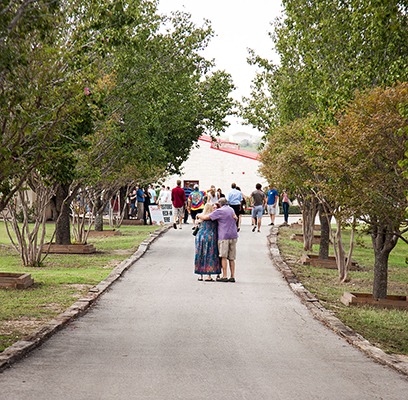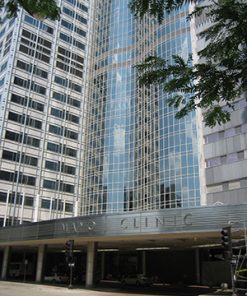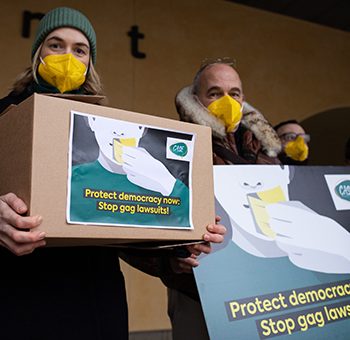Treating addiction as a public health issue rather than a moral failing, societies can promote recovery, reduce stigma, and support the well-being of individuals and communities alike.
Addiction doesn’t knock politely at the door of any one demographic. It barges in uninvited, crossing lines of class, race, age, and geography. According to the World Health Organization, over 35 million people globally suffer from drug use disorders, yet only one in seven receives treatment. Why? Because instead of building bridges to recovery, many societies have constructed walls—legal, social, and psychological—that isolate people in their struggle.
The so-called “war on drugs” backfired spectacularly, criminalizing addiction, disproportionately targeting marginalized communities, and overcrowding prisons with people who needed doctors, not wardens. The U.S., for example, has less than 5% of the world’s population but nearly 20% of its incarcerated population, with a significant portion locked up for drug-related offenses. Meanwhile, drug
related deaths continue to rise.
But there are better ways. Portugal decriminalized possession of small amounts of drugs in 2001, shifting the focus from to treatment, resulting in a dramatic decrease in overdose deaths, HIV infection rates, and drug-related crime. Instead of courtrooms, people are directed to Dissuasion Commissions staffed by health professionals who assess their needs and connect them with support services. The approach doesn’t condone drug use; it acknowledges the complexity of addiction and responds with evidence, not ideology.
At the heart of effective drug rehabilitation is the understanding that addiction is a chronic, relapsing condition influenced by biological, psychological, and social factors. It’s not a character flaw; it’s a health issue. The National Institute on Drug Abuse (NIDA) emphasizes that treatment works best when it’s personalized, comprehensive, and sustained over time. Think of it like diabetes management—would you expect lasting results from a 30-day boot camp? Of course not. Addiction is no different.
Harm reduction is a critical component. This doesn’t mean giving up on recovery; it means recognizing that progress isn’t always linear and that reducing harm can be a life-saving step. Needle exchange programs, supervised injection sites, and naloxone distribution prevent overdoses, reduce disease transmission, and create touchpoints for people to access treatment when they’re ready. Vancouver’s Insite, North America’s first legal supervised injection site, has saved countless lives and connected thousands to recovery services, all while reducing public drug use and syringe litter.
Rehabilitation should also address the root causes of addiction. Trauma, mental health disorders, poverty, and social isolation are often at the core. Integrated treatment models—like those used in Scandinavian countries—combine therapy, medical care, vocational training, and social support to address the whole person, not just the symptoms.
The role of peer support can’t be overstated. Programs like Alcoholics Anonymous (AA) and Narcotics Anonymous (NA) provide community and accountability, though they’re not one-size-fits-all. Alternative models, like SMART Recovery, offer evidence-based techniques grounded in cognitive-behavioral therapy. In Scotland, the Recovery College movement empowers individuals with lived experience to support others, fostering resilience through shared understanding
The U.S. federal government spends over $30 billion annually on drug control, with the lion’s share going to law enforcement and interdiction. Part of this could be redirected toward comprehensive rehabilitation services and mental health support.
Housing is equally critical. The “Housing First” model, pioneered in Finland, provides stable housing without preconditions of sobriety, recognizing that security is foundational to recovery. This approach has dramatically reduced homelessness and improved health outcomes, proving that compassion is not only ethical but effective.
Youth-focused interventions are also key. Early prevention programs, like Iceland’s Youth in Iceland Model, address risk factors through community engagement, extracurricular activities, and strong family support. Since implementing this model, Iceland has adolescent substance use decline, from some of the highest rates in Europe to the lowest.
Culturally competent care ensures that rehabilitation services are accessible and relevant to diverse populations. Indigenous-led programs, like the Aboriginal Healing Foundation in Canada, integrate traditional practices with modern therapies, addressing the intergenerational trauma that fuels substance abuse in many communities. This holistic approach honors cultural identity as a source of strength in recovery.
Family involvement enhances recovery. Addiction affects entire families, and support systems play a crucial role in treatment success. Family therapy, education programs, and peer support groups like Al-Anon help families heal alongside their loved ones.
Public health emergencies, like the opioid crisis, require agile, data-driven responses. Canada’s approach includes real-time overdose tracking, rapid response teams, and widespread naloxone distribution. These strategies save lives not through moral judgment but through pragmatic compassion.
Recovery isn’t linear. Relapse isn’t failure; it’s often Community reintegration is the final frontier. Rehabilitation doesn’t end with sobriety; it’s about reconnecting with life. Supportive housing, employment opportunities, and social networks create the conditions for lasting recovery.
Therefore, under Folklaw:
Drug rehabilitation shall be treated as a public health priority, with services grounded in compassion, evidence-based practices, and social support. Treatment will be accessible to all, free from stigma and punitive barriers. Harm reduction strategies, including supervised injection sites, needle exchange programs, and naloxone distribution, will be integrated into public health responses.
Rehabilitation programs will address underlying causes of addiction, incorporating mental health care, trauma-informed practices, and peer support. Funding will prioritize treatment over criminalization, with investments in community-based services, housing, and employment support.
Justice systems will divert individuals with substance use disorders to treatment rather than incarceration. Public education will challenge stigma, promote understanding, and support recovery as a lifelong process.






Discussions
There are no discussions yet.